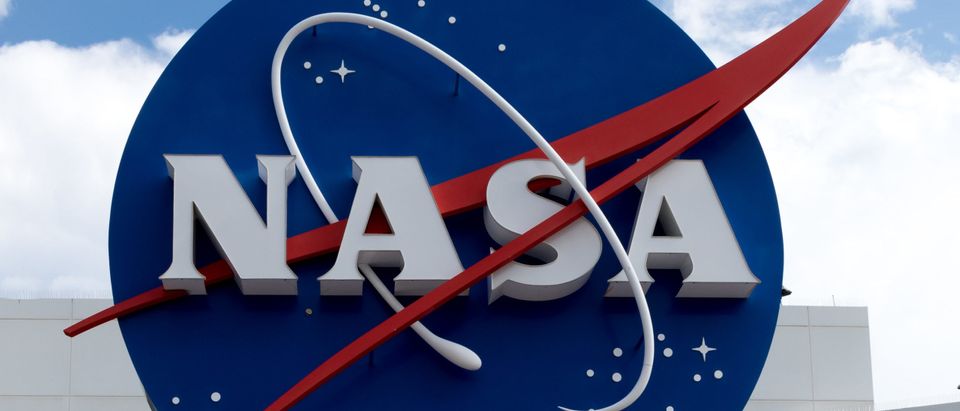Update: The Associated Press reported Tuesday that NASA told the publication it did not hire a group of theologians, but granted money to a group that selected researchers who specialize in humanities.
NASA funded a research program that brought together scholars to study astrobiology as a group, according to the Associated Press.
Two dozen scholars of the humanities, including theology, joined a program titled, Societal Implications of Astrobiology. It was held by the Center for Theological Inquiry (CTI), which receives funding from NASA.
CTI’s director told the AP the program was not meant to advise NASA. Researchers who specialize in humanities, rather, discuss astrobiology, or the field that studies potential life outside of Earth.
“These scholarly reflections on the societal implications of astrobiology,” Storrar told the AP, “are being published in a series of individual monographs and peer-reviewed academic journal articles by the theologians, religion scholars, philosophers and literary scholars who participated in our research program for visiting scholars at the Center of Theological Inquiry.”
A NASA spokesperson told the AP that the researchers are not directly paid for by the government agency.
NASA hired 24 theologians to study human reaction to aliens: new book https://t.co/q1qdrIslCS pic.twitter.com/sa2xsHMuWN
— New York Post (@nypost) December 27, 2021
Rev. Dr. Andrew Davison, professor of theology at the University of Cambridge, was among the group of researchers in the program that ran from 2015 to 2018. In his book, titled “Astrobiology and Christian Doctrine,” which is due in 2022, Davison covers the spiritual exploration program of the space agency.
In the book, the scholar states discovering that people from various religious traditions could take the confirmation of extraterrestrial intelligent life “in their stride.” (RELATED: ‘Disk-Shaped Craft’ Spotted ‘Crashed’ On Mars)
NASA launched a $10 billion James Webb Space Telescope into space Saturday, which could be 100 times more powerful and six times larger than its predecessor, the Hubble Space Telescope.


